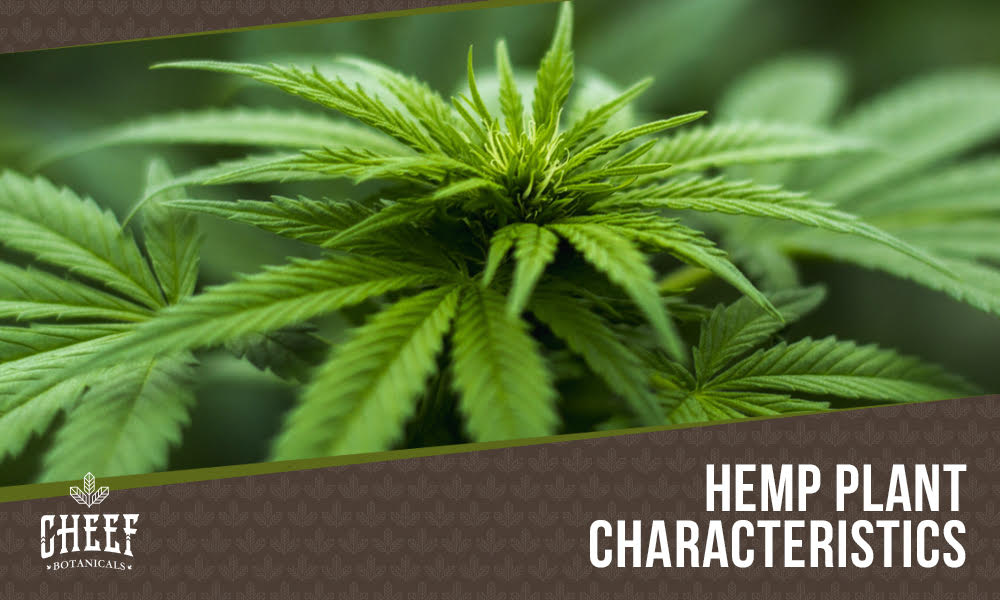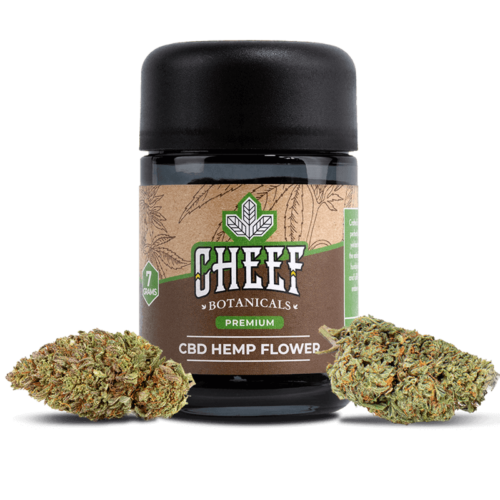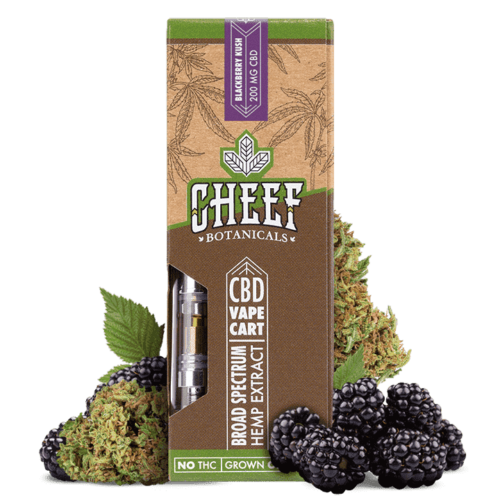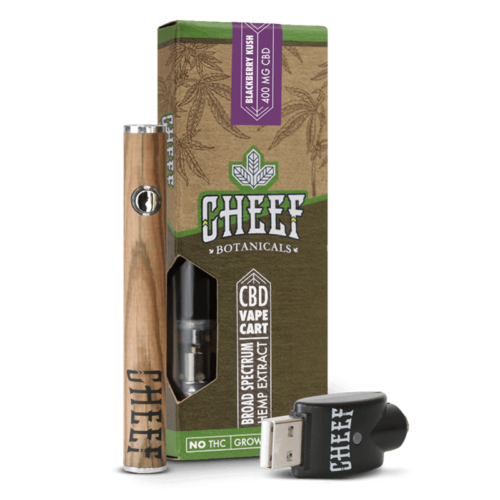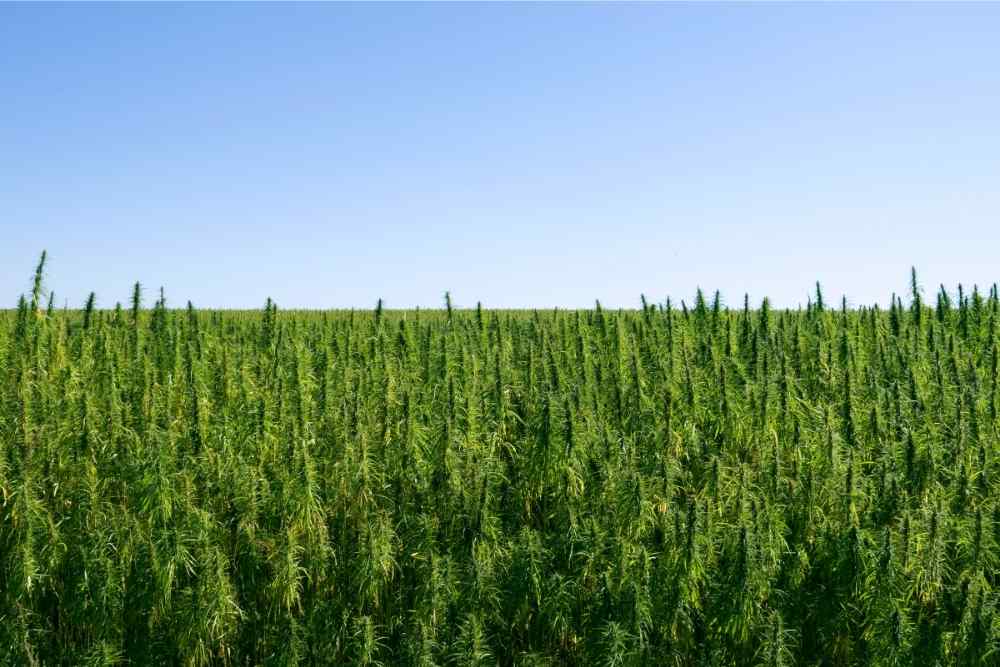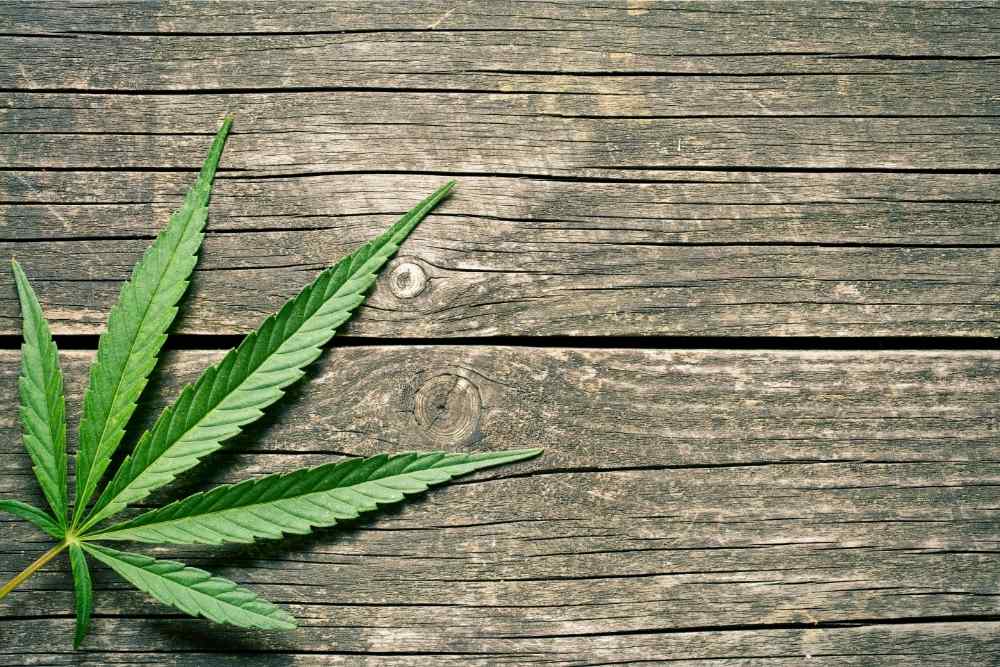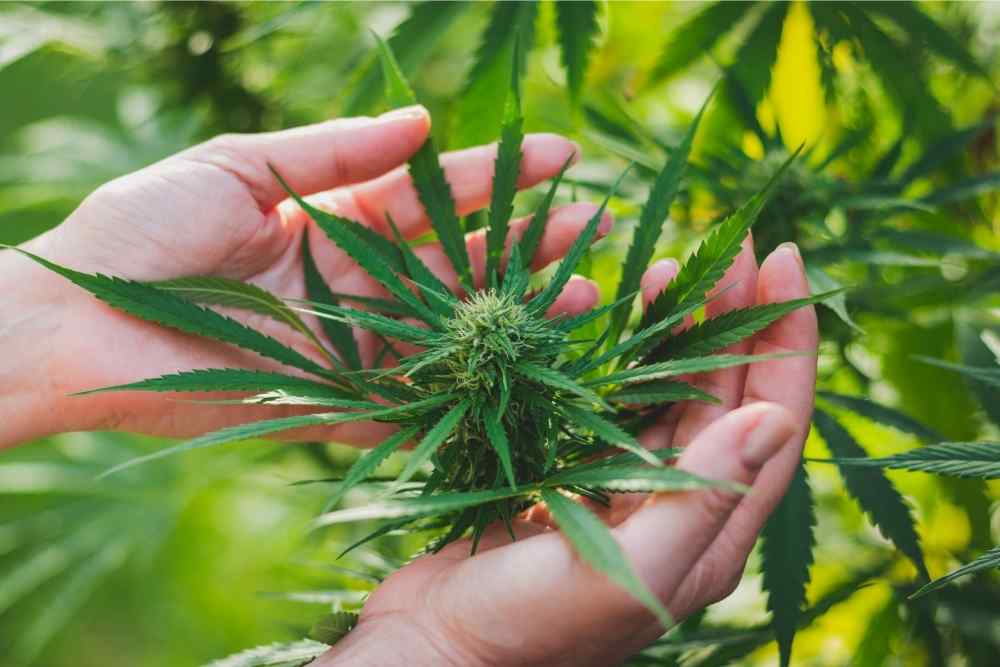How To Identify Hemp Plants [Marijuana VS Hemp]
The cannabis industry is ever-growing and evolving. Since the Farm Bill of 2018 was signed into law, hemp has gained more and more attention. Unlike marijuana, which is known for its Tetrahydrocannabinol (THC) content, hemp is not psychoactive and barely contains any THC. The confusion between the two has caused many consumers to wonder how to identify hemp plants.
Hemp cannot get you high like marijuana does. Still, it can offer consumers many of the benefits that have been connected to marijuana for decades, without the THC. To avoid confusion between the two, let’s look at what characteristics separate these closely related plants.
Hemp vs. Marijuana
The confusion between hemp and marijuana is understandable. Hemp is often miscategorized as marijuana, but the two are not the same. To the untrained eye, hemp flower and marijuana flower appear similar. Looks are deceiving, though.
So, what is hemp? When identifying hemp, it is important to take a look at the cannabis plant first. Both hemp and marijuana are variations of the cannabis plant. Cannabis is a genus of flowering shrubs in the Cannabaceae family. There are three species in the flowering Cannabaceae family: Cannabis sativa, Cannabis indica, and Cannabis ruderalis.
Because hemp and marijuana come from the same plant species, they share several similarities in appearance. The defining difference between the two is their THC content. This difference determines if the plant is psychoactive or not. It also dictates its legal status.
Legal Differences Between Hemp & Marijuana
Many cannabis connoisseurs do not like to use the term marijuana because of the origins and bias connected to the phrase. Regardless, the term has gained worldwide popularity and thus must be defined. Marijuana refers to cannabis with higher THC content.
Hemp, on the other hand, is defined as cannabis with low THC content. It cannot contain more than 0.3% THC, while marijuana often contains 10-30% THC. According to the US government, marijuana is any type of cannabis containing more than 0.3% THC.
Because of the minuscule amount of THC in hemp, it cannot get you high. Hemp has no psychoactive properties. In fact, inhaling hemp has only become popular in modern history. Its most common use in history has been for fiber. Textiles, paper, building materials, and food have also utilized hemp. Thousands of years ago, hemp was recognized as one of our ancestors’ most durable fibers.
The passing of the 2018 Farm Bill legalized hemp on a federal level, which was historic. Subsequently, this has caused a boom in the Cannabidiol (CBD) market. Marijuana, which contains much more THC, is still illegal on a federal level. Although many states have legalized marijuana for medical or recreational use, it is still illegal federally. Learn about cannabidiol facts here.
Cannabinoids and the ECS
CBD content has steered the progression of hemp cultivation in modern history. Unlike its cousin THC, CBD has no psychoactive properties. But, similar to THC, CBD interacts with our endocannabinoid system (ECS) because they are both cannabinoids.
I’m sure you have heard lots of anecdotal evidence about THC making people hungry, or sleepy. That is because of how it interacts with the ECS. Since CBD also interacts with the ECS, it may impact certain functions of the body.
All mammals have an ECS that produces cannabinoids naturally. These natural cannabinoids help regulate sleep, mood, anxiety, appetite, inflammation, soreness, digestion, stress, and more.
Cannabinoid Receptors
The ECS has two primary receptors: CB-1 receptors and CB-2 receptors. The brain is where CB-1 receptors are mainly located. The gut is the primary location for CB-2 receptors, which contains the vast majority of the immune system. THC binds with CB-1 receptors to cause reactions in the body.
CBD works a little differently. Instead of binding to receptors, CBD is believed to stimulate the CB-2 receptors causing them to create natural cannabinoids of their own.
How To Identify Hemp Plants From Marijuana
The word “marijuana” has been the most popular term for cannabis for decades now, although it is often misused. Because of this, there has been much confusion on a commercial level as to what marijuana really is. Hemp is not marijuana. Anyone attempting to use one or the other would be highly disappointed if they got the wrong entity.
There is also a difference between premium hemp and industrial hemp. The latter is grown for its fiber, while the former is grown for its flowers. Premium hemp flowers cannot grow well under industrial hemp settings.
Premium hemp, and premium hemp flowers, can look exactly like marijuana. That is because it is grown using marijuana growth techniques. Simply put, this means farmers center their focus around growing the most gorgeous and reliable flower. Industrial hemp, however, tends to have a much more defined physical appearance.
Fiber is the focus of industrial hemp growers. The growth of flowers is not a concern. This is because fiber is found in the stalks of the cannabis plant. Industrial hemp tends to be taller and thinner than marijuana plants because growers focus on the stalks instead of the flower.
The difference between marijuana and industrial hemp is pretty easy to distinguish, but deciphering the difference between premium hemp flower and marijuana flower can prove challenging. To determine the difference, it can help to focus on trichome production.
Hemp, Marijuana, & Trichomes
Another physical difference between industrial hemp and marijuana comes from the trichomes. Trichomes are the small sticky hairs on the marijuana plant. They are defined as “fine outgrowths or appendages on plants, algae, lichens, and certain protists.” In cannabis, trichomes are essential because they regulate the creation and storage of cannabinoids, terpenes, and flavonoids.
Trichomes on industrial hemp flowers are typically less defined compared to marijuana flowers, which sometimes can be so sticky that it is hard to break up. Although there are premium hemp flowers on the market that may look deceivingly like marijuana plants, industrial hemp flowers will appear to have fewer trichomes.
It is not easy to discern these differences though. Since the Farm Bill of 2018 passed, more and more growers have become focused on creating gorgeous hemp flowers rather than concentrating on fiber production. These growers are bridging the visual gap between marijuana and hemp. Soon the only way to tell the difference might be to analyze the THC content in each for comparison.
Male vs. Female Hemp Plants
One other important part of identifying hemp plants is the ability to distinguish between the genders. In the world of cannabis cultivation, females rule supreme. This is true for both hemp and marijuana plants. The flowers that consumers desire develop on female plants.
Male cannabis plants are responsible for pollinating the females. Subsequently, male plants are handled with caution. Female plants produce seeds when fertilized by males. Besides for breeding purposes, females are seen as less valuable when they produce seeds.
The cannabis plant has a limited amount of energy. It can devote its energy to growing beautiful flowers, or to producing seeds. Half of a female’s energy is diverted to create seeds after pollination. Female fertilization results in flowers with seeds and fewer cannabinoids.
One male plant can pollinate an entire field of females, so hemp farmers are very cautious of mixing the two genders. The same goes for marijuana cultivation.
How To Tell The Difference Between Male & Female Hemp Plants
Farmers want to separate males from females before they can pollinate. Therefore, they must discover the males before their pollen sacs multiply and burst. The easiest way to tell the difference between male and female hemp plants is by studying the growths near the nodes.
The nodes are where the leaves and branches separate off from the plant. Male plants will have little pollen sacs near the nodes, while females will have a stigma.
There are rare occasions where hermaphrodite plants produce both pollen sacs and stigma. Hermaphrodites are still capable of pollinating female plants. To avoid pollination, hemp farmers will remove male and hermaphrodite plants from the environment so their females can produce beautiful seedless flowers.
When male hemp plants are ready to pollinate, the pollen sacs will burst. The stigma of female hemp plants will then collect the pollen.
How To Use Hemp
There are many ways for consumers to enjoy the benefits of hemp. Hemp produces CBD, and one of the most popular methods of use is inhalation. Much like with marijuana, the quickest way for consumers to enjoy hemp’s effects is to inhale it. You can smoke CBD flower in many ways; there are even specialized vaporizers for those who wish to vape flower.
Another popular way to take CBD is by using it in a tincture oil. CBD producers extract the cannabinoid from hemp to create oil. CBD oil is a mixture of CBD with a carrier oil. Carrier oils, like hemp seed oil and coconut oil, make it easier for our bodies to break down CBD.
You can use CBD oil sublingually, topically, or ingest it. Sublingual use, which is the placement of CBD under the tongue, and ingestion are useful for those looking for more than skin-deep benefits. The topical use of CBD is for issues on the skin’s surface, or just below it.
Final Thoughts
The world of cannabis, marijuana, and hemp can be a little confusing. Hopefully, this article helped clear up some of the misconceptions for you and made it easier to identify hemp plants. Many of the similarities and differences between hemp and marijuana are familiar to those who are growing cannabis.
While marijuana continues to be the go-to product for those who enjoy the psychoactive effects of it, hemp allows consumers to enjoy similar benefits without getting high. The physical differences between marijuana and hemp flowers can be hard to distinguish sometimes. The characteristics separating them are fading as growing practices develop. When it comes to hemp vs. marijuana, it all depends on what the consumer prefers. Go to this site for more info.
Flower Strains
- CBD Hemp Flower OG Kush
- CBG
- CBD Hemp Flower Source Space Candy
- CBD Hemp Flower Hawaiian haze
- CBD Hemp Flower Sour Diesel
- CBD Hemp Flower Purple Gas
- CBD Hemp Flower Special Sauce
- CBD Hemp Flower Suzy Q
- CBD Hemp Flower Grape Soda
- CBD Hemp Flower Lifter
- CBD Hemp Flower Ceiba Fox
- CBD Hemp Flower Durban Diesel
- CBD Hemp Flower Bubba Kush
- CBD Hemp Flower Silver Surfer
- CBD Hemp Flower Skywalker OG
- CBD Hemp Flower Golden Source
- CBD Hemp Flower Wagyu Kush


